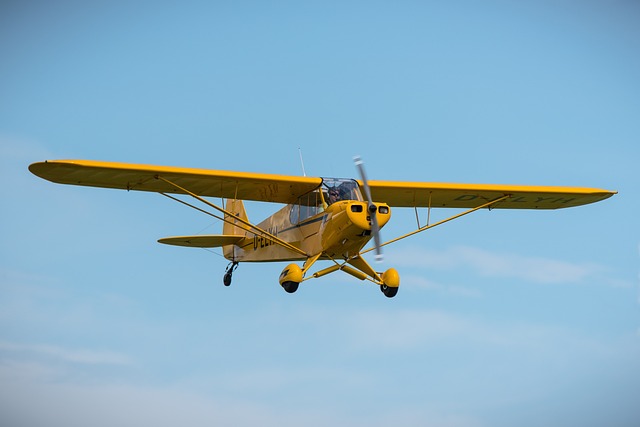Lessons Learned: Forced Landing, Uncommanded Pitch Change

An AAIB (Air Accidents Investigation Branch) investigation found a forced landing to have resulted from an uncommanded pitch change.
A flight that ended with a forced landing departed from Dunkeswell Aerodrome with the purpose of revalidating the aircraft owner’s PPL. The instructor was demonstrating the procedure for an engine failure at 2,200 ft and a target airspeed of 80 kt. He reported that as he applied nose-up pitch, there was a loud bang and the aircraft immediately pitched down with severe buffeting.
After recovering control, the instructor elected to make a forced landing and, considering it to be the only safe option, he chose to land in a nearby field. On landing, he was unable to stop the aircraft before entering a river at around 30 kt, with the aircraft finally coming to rest after striking the opposite bank. Neither of the occupants were injured. The instructor subsequently found that the baggage compartment door was open, and the canvas aircraft cover was missing. He attributed the accident to the compartment door opening in flight releasing the aircraft’s cover, which temporarily affected the airflow over the elevator, resulting in the uncommanded pitch change.
Content source/credit: AAIB (Air Accidents Investigation Bureau), “Forced landing due to baggage compartment opening in flight, near Seaton, Devon, 1 August 2023,” published December 14, 2023.
Sign up for a TapRooT® Root Cause Analysis Training Course
Circumstances can crop up anywhere at any time if proper and safe sequence and procedures are not planned and followed. We encourage you to learn and use the TapRooT® System to find and fix problems.
TapRooT® has a team of investigators and instructors with years of extensive training ready to offer assistance worldwide. We also offer ongoing support to our clients through free newsletters and Root cause tip videoS, the root cause analysis blog, and our annual Global TapRooT® Summit.
Register for one of our courses. We offer a basic 2-Day course and an advanced 5-Day course.
Contact us or call 865.539.2139 about having a course at your site or for further root cause analysis opportunities. We’re here to find solutions for you.
TapRooT® courses are taught all over the world; if you need specific times or locations, please see our full selection of courses.



